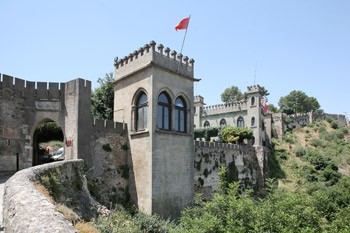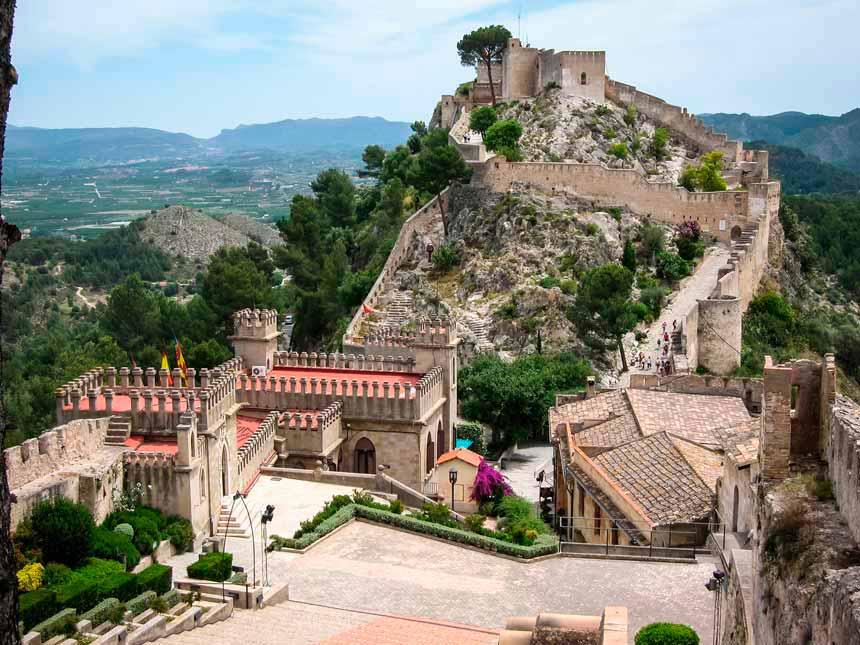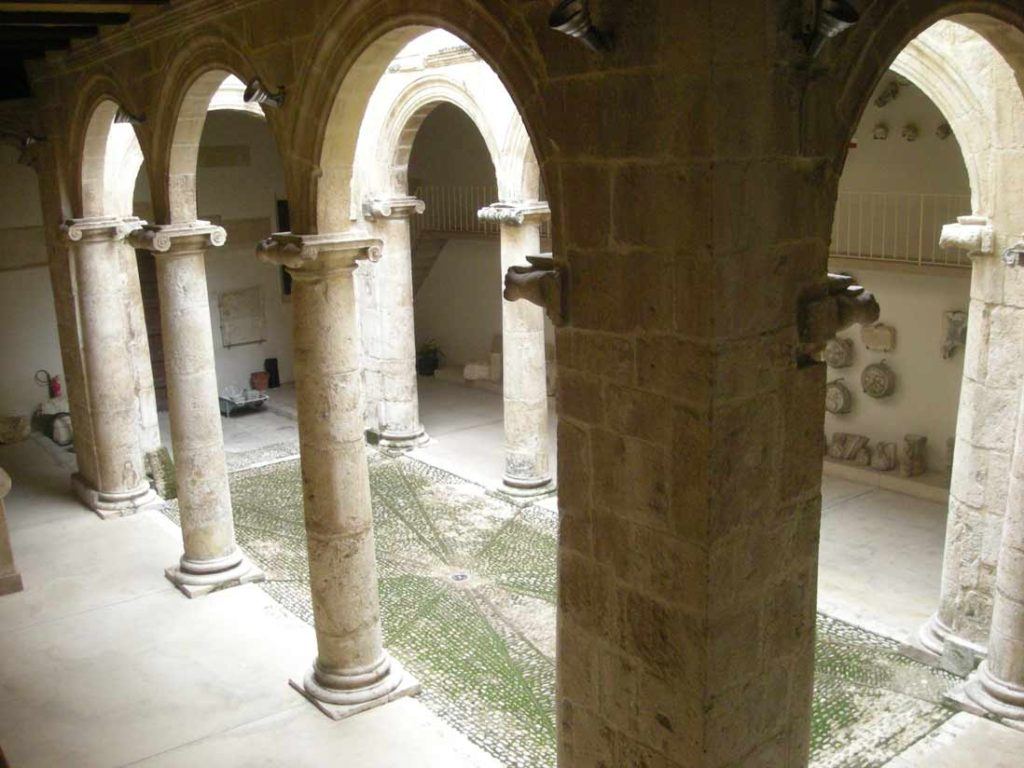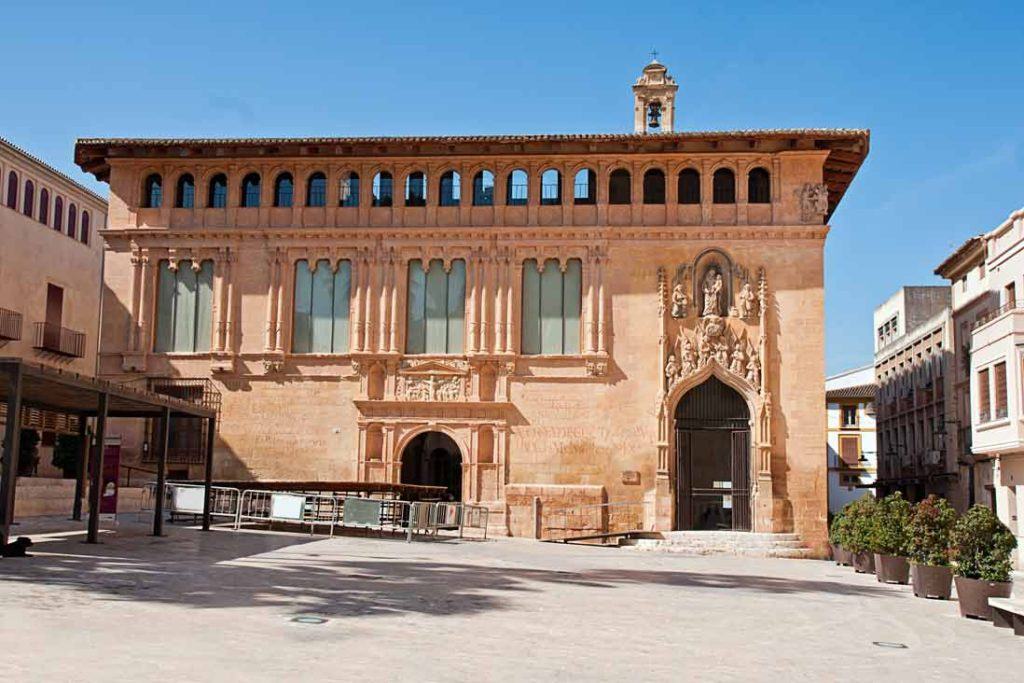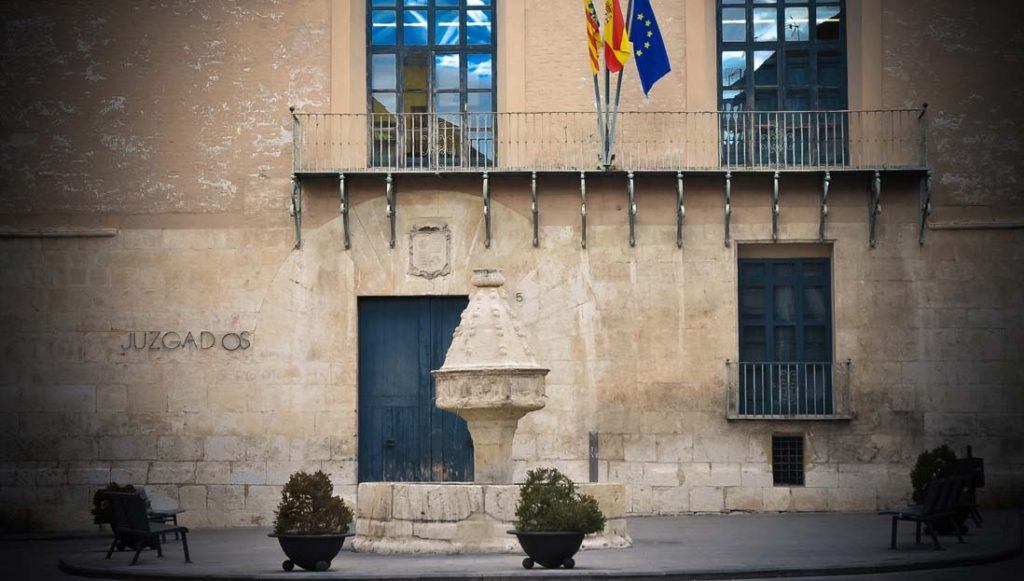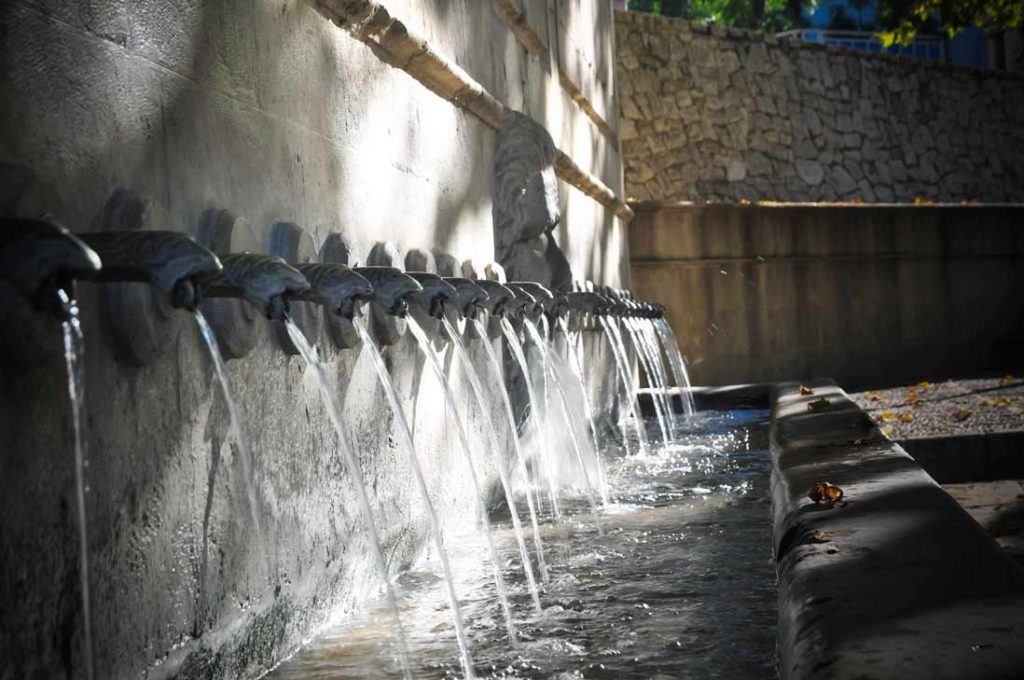Xàtiva demonstrates through its monuments a privileged place that has always been in history. Everyone wanted to conquer it and those who visit it today enjoy one of the most monumental cities of the peninsula. Discover our list with the 7 essential visits in Xativa for a perfect trip.
Monuments and historical tours, essential visits in Xativa
Colegiata Santa María Church
We cannot leave without visiting the majestic Colegiata de Santa María in Xátiva. Popularly known as La Seu, near the Castle, it is the most emblematic monument of Xátiva. As in many other towns of our geography, this church also was built on an ancient mosque in times of great James I the Conqueror. Its construction lasted for centuries, a fact that shows the presence of different styles such as Gothic, classical or baroque architecture. It was declared a National Monument in 1931.
Old town of Xátiva
You cannot miss a walk through the old town declared Conjunto Histórico-Artístico in 1982. Getting lost between its narrow streets and its Arab uptown network is a pleasure for the senses. During the tour, you can admire its spectacular catalog of monuments, and discover its squares, churches, palaces and stately buildings that will transport you to the past. The omnipresent Castell, the majestic Colegiata de Santa Maria, la Plaza de la Trinitat, el Hospital Reial, are some of the most important monuments.
Castillo de Xátiva
The visit to the magnificent castle is without doubt, one of the essentials of Xátiva. The visit will last approximately one morning where you can enjoy its walls, corridors and most emblematic rooms. Plus, Castillo de Xàtiva is located at the top of the Vernissa hill dominating the valley from where an excellent view of the city, the saws and the border with Castilla at the west can be seen. The visit can be done on foot or by car.
Almodí Museum
Located in the old town, on top of Xátiva, is this small museum in Palacio Almodí that gives it its name. Actually, there are two museums, de l’Almodí, which now only houses some archaeological pieces, and the Casa de l’Ensenyança, larger and where houses the collection of paintings and other exhibits covering different periods of history from the city. Apart from the works that you can find inside, the museum also keeps samples of some Muslim buildings that were recovered from the time that the city was dominated by the Saracens.
Royal Hospital
Located opposite the collegiate church, the building of Hospital Real was founded in 1244 by King James I, and is certainly one of the most beautiful monuments of the city. A clear example of the situation of the Valencian architecture in the sixteenth century with a fusion of Gothic and Renaissance styles. For more than five centuries it provided health care to pilgrims and people in need. If you like architecture and history, write it down as one of your must visits in Xátiva.
Plaça de la Trinitat
The Plaza de la Trinidad is one of the most emblematic places in old town. Chaired by the Font de la Trinitat (one of the few preserved Gothic fonts in our country), the square is surrounded by beautiful historic buildings such as the Palacio de Alarcón or the Convento de la Trinitat.
La Ruta de las Fuentes
The monumental legacy in Xátiva is so important that between the thirteenth and eighteenth centuries, it was equated with the City of Valencia, acquiring the title of the second most important city of the Kingdom of Valencia. A good way to discover the secrets of the city is the Ruta de las Fuentes. A magnificent tour of 3 hours that the administration has prepared through the 10 most important real sources of the municipality. A journey that will surprise us at every step and where we will enjoy some of the most emblematic monuments of the city. Learn more at the tourist office.

